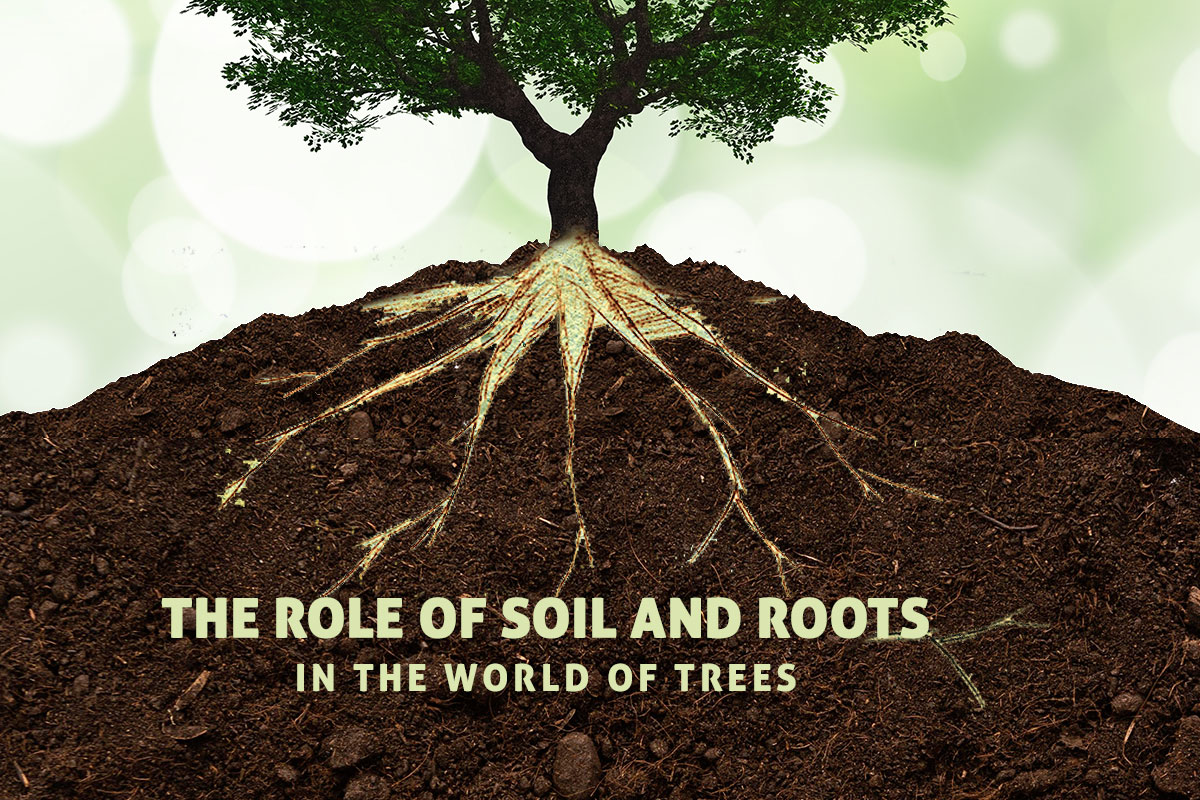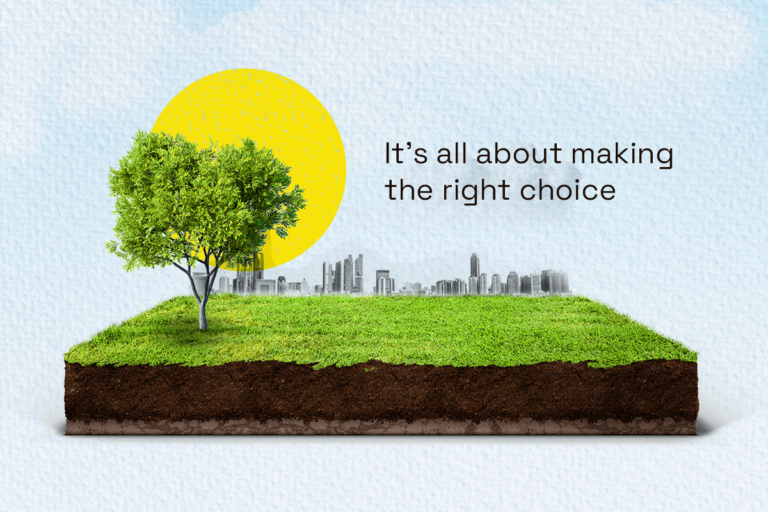The role of soil and roots in the world of trees

When it comes to tree planting, soil along with the roots of the tree is given a sheer amount of attention. It is said to make sure that the right tree is planted in the right soil because not every soil is perfect for every tree to grow. But why is it that soil defines the strength of a tree’s health? When we look at the composition of the tree, below the ground, it’s the roots that play the lead role in supporting the tree to stand strong above the ground but who is supporting the roots and providing them with the necessary material for the growth of the tree? It’s the soil. It plays a very important role in providing an adequate supply of water, and various minerals. It also helps in filtering out the pollutants which can cause harm to the well-being of the tree. Without the appropriate soil, the tree would just fall apart or wouldn’t grow at all.
While planting the tree, make sure you dug a hole deep enough as per the size of the tree roots. Shallow holes can damage the roots thereby annihilating the future of the tree. Before choosing the soil, one has to know the difference between them. There are very visible differences between healthy and unhealthy soil. The major one is water being absorbed very easily by the healthy soil and the unhealthy soil on the other hand does not absorb water resulting in water not reaching the roots of the tree.
There are majorly 6 types of soil that are good for the growth of the tree:
- Sandy soil- It is a type of soil which not very rich in nutrients and does not have the ability to retain water but it is suggested that with this kind of soil, you should put in some materials which are organic in nature as they can help towards building the water retaining capacity.
- Clay soil- It is basically clayey in nature as its name suggests. This soil has a lot of nutrients and is heavy in nature.
- Silt soil- It is very light but is considered one of the most fertile soils and has great water retention.
- Peat soil- It is one of those soils that are highly recommended when it comes to planting trees, they are super fertile and have high water retaining capacity. It also contains a lot of organic matter which adds up as a bonus point.
- Loamy soil- This soil is a mixture of particles from sandy, clay and silt soils. One can make this soil by mixing the available types of soil. This soil also makes it at the top of the priority list of the best tree plantation soils.
After going through these types and their features, one can surely make a judgement about which soil they find best suitable.
After knowing what soil you have available, go and choose the tree that will fit well or if you have already in mind which tree you want to plant then work towards creating the best soil suitable.
The health of the roots is also something which should be taken into consideration during the lifetime of a tree. Roots can also go through some ups and downs like diseases for example. Root rot is one of the most commonly heard diseases. What is it? Waterlogged roots lead to root rot. Soil can be waterlogged for any reason, maybe heavy rainfall or sometimes even we people in order to supply enough water, give more than what’s needed, which is called overwatering. It happens mostly with clayey soil as they have high water retaining capacity and are heavy and compact in nature as mentioned above so it becomes a barrier for the roots to breathe and they eventually start to rot. The leaves of the tree start to show signs that something is wrong as their shape and colour start to become a little different or the more appropriate word would be abnormal. The condition of the root obviously will be deteriorated.
Soil and root are the right and left hands of the tree. It is therefore very necessary to take care of both roots and soil as there is a very codependent relationship between them. For a healthier tree, it is now very evident that both of these actors should be accounted for in a responsible manner.

